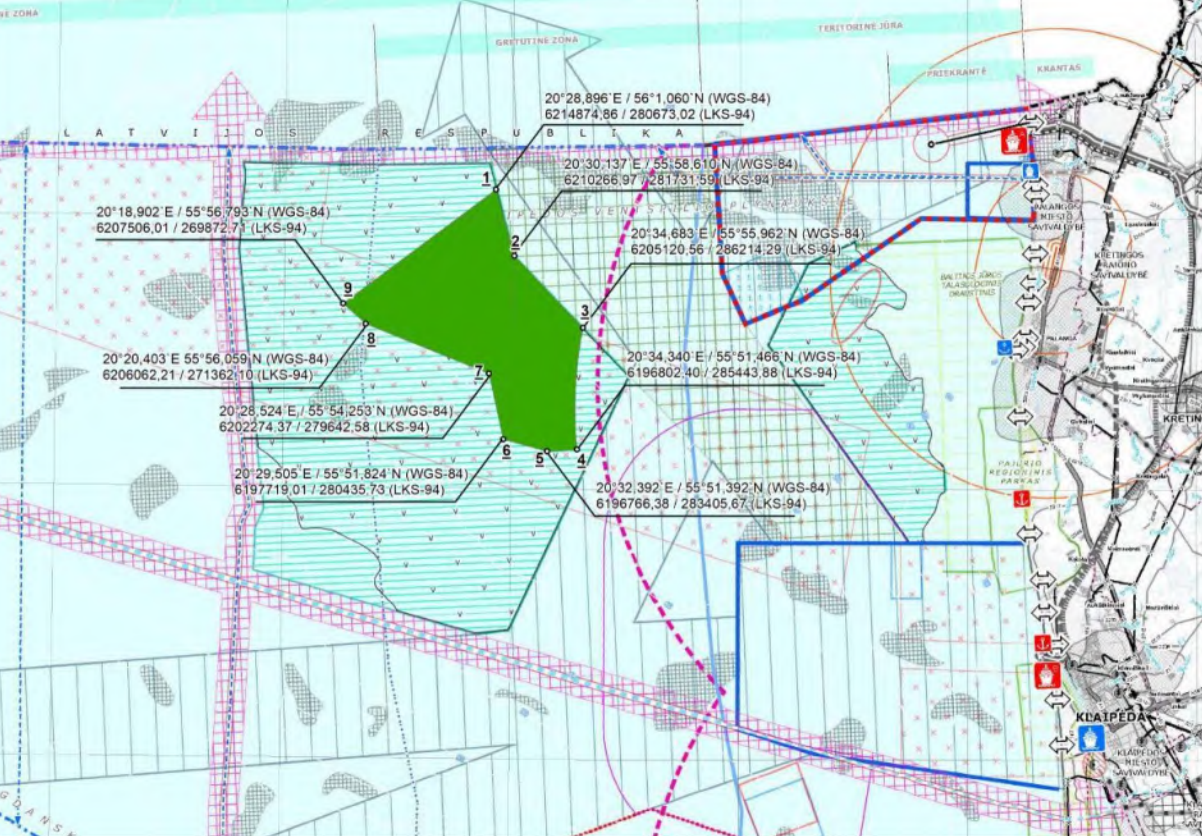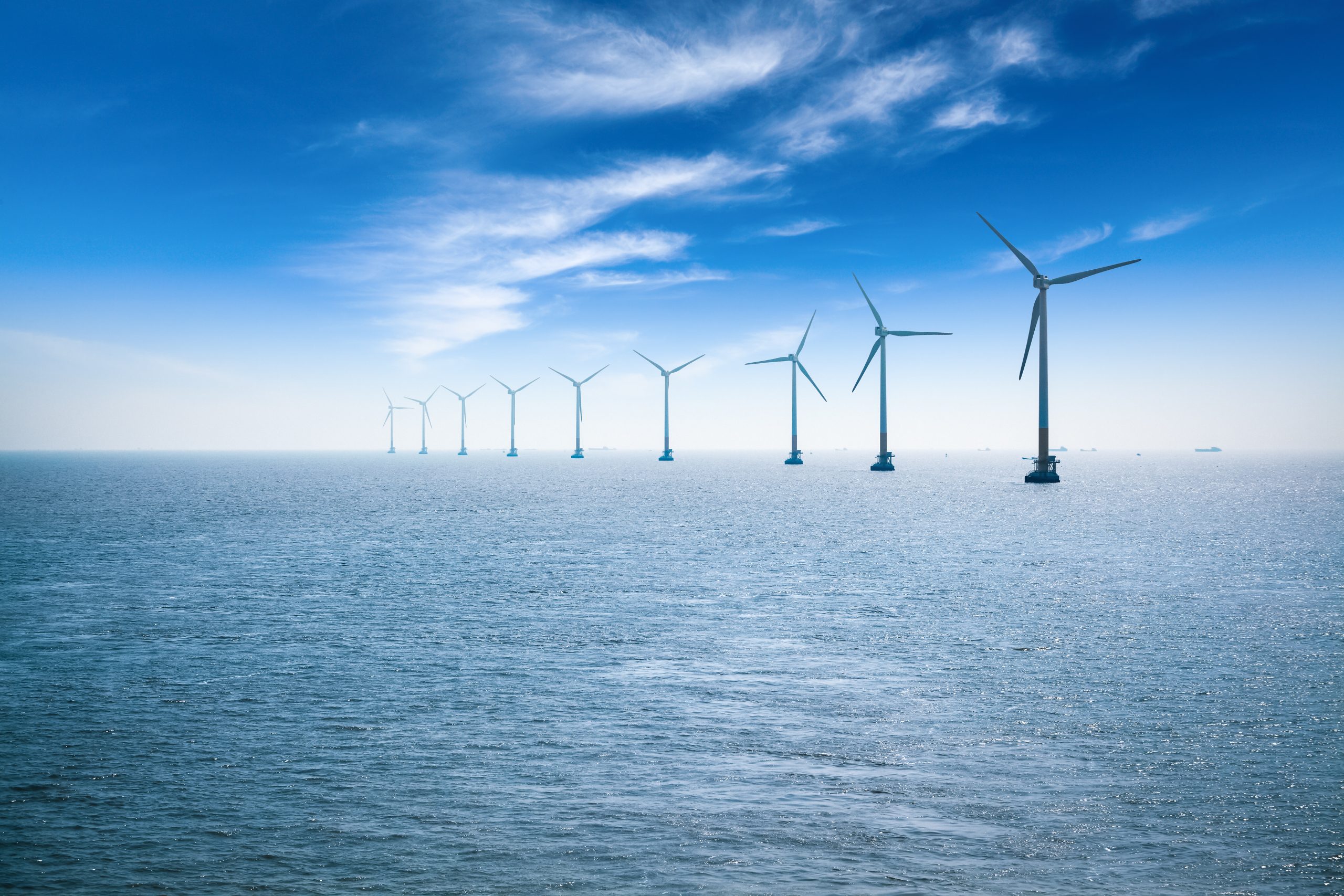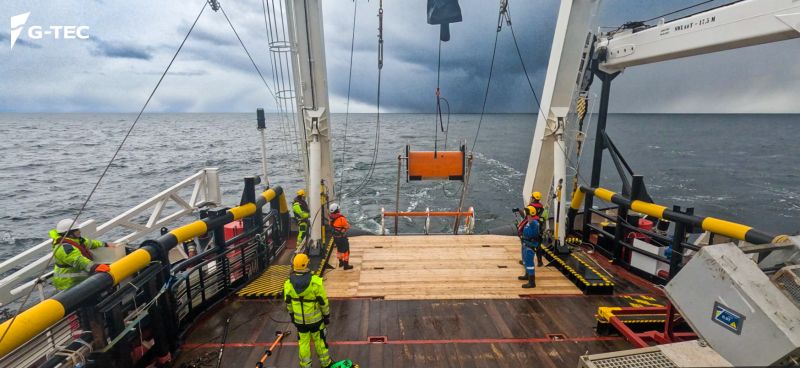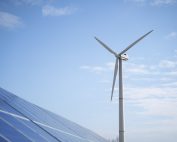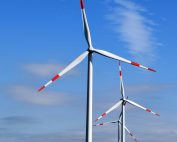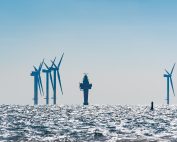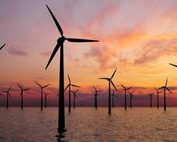The Ministry of Energy of Lithuania invites to participate in public consultations on the elements relevant for the environmental impact assessment of wind farms to be constructed in the Lithuanian part of the Baltic Sea.
The Ministry of Energy has entered into an agreement with the “Pajūrio tyrimų ir planavimo institutu” to conduct an environmental impact assessment of wind power plants with a capacity of up to 700 MW. The results of the environmental impact assessment are needed to prepare tenders for permits and support for wind farm development in the Lithuanian maritime area.
In particular, the Ministry invites wind power generators, wind power developers, and all interested persons to submit proposals regarding the technical and physical parameters of wind power plants to be selected for environmental impact assessment, as well as possible alternatives. The collected proposals will help to assess the needs and expectations of stakeholders in assessing the environmental impact of offshore wind farms. Proposals can be submitted until Saturday, March 3. The online consultation will take place on March 8 at 10.00.
The Ministry recalls that on 22 June 2020, a resolution of the Government of the Republic of Lithuania was adopted, indicating the part of the Lithuanian maritime territory where a tender for the development and operation of wind power plants with a capacity of up to 700 MW should be organized.
– It is planned that the first tender will be organized at the end of 2023, after all necessary actions and studies have been carried out, a detailed plan for the development of renewable resources for the Lithuanian maritime area has been prepared, an environmental impact assessment of the wind farms is done, measurements of wind speed and other parameters, as well as studies of the seabed, have been carried out, the ministry indicates
The EIA program that has been prepared and coordinated anticipates that the proposed wind farm site may include wind farms with installed capacity ranging from 8 MW to 16 MW, with heights ranging from 140 m to 300 m, and the number of wind farms may range from 87 to 43, depending on the capacity selected.
In order not to limit the optimal distribution of wind farms in the area approved by the government resolution, the EIA program stipulates that the wind farm model to be used in the EIA, the location of wind farms, and their number will be determined after detailed wind power measurements, which are scheduled for 2022-2023.
